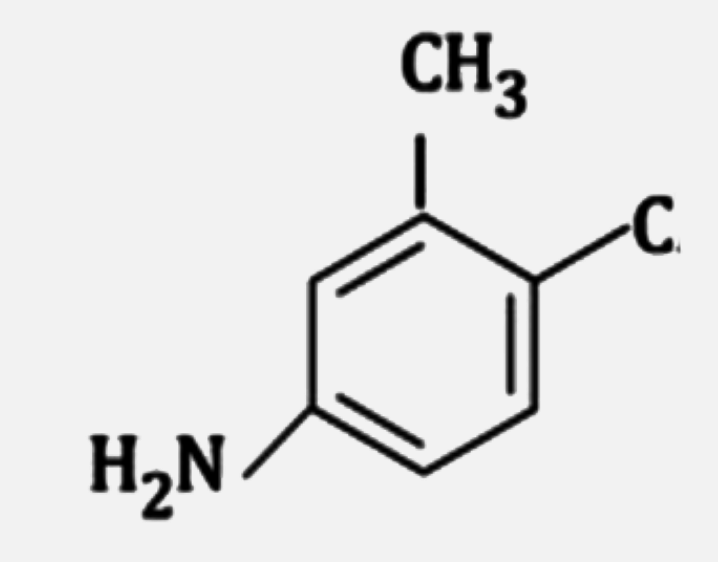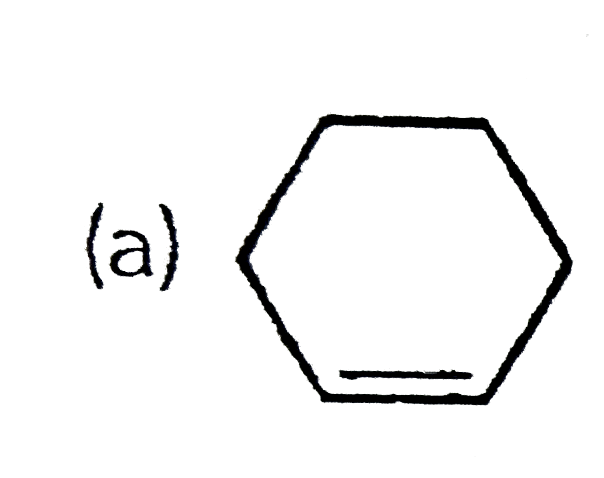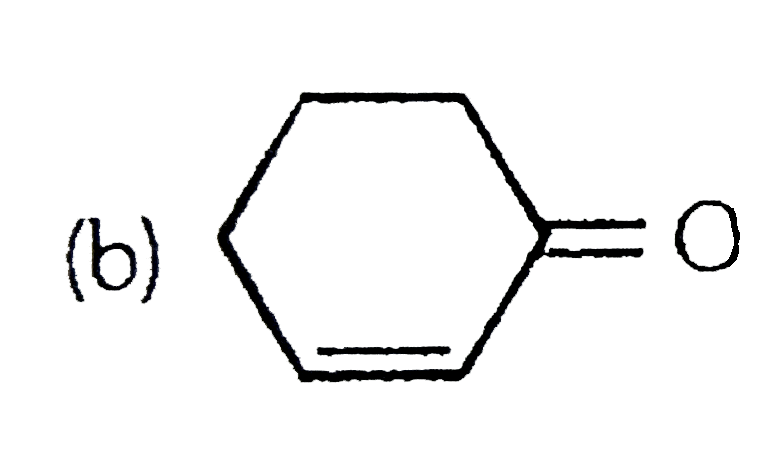The acid D obtained through the following sequence of reactions is:
C2H5BrAlc.KOH−−−−−→ABr2−−→CCl4BKCN−−−−−→(excees)CH3O+−−−→
Succinic acid
Malonic acid
Maleic acid
Oxalic acid
The correct Answer is:A
To determine the acid D obtained through the given sequence of reactions, let's break down the steps one by one.
Step 1: Identify the starting compound
The starting compound is ethyl bromide (C₂H₅Br), which can be represented as:
CH3CH2Br
Step 2: Reaction with Alcoholic KOH
When ethyl bromide is treated with alcoholic KOH, a dehydrohalogenation reaction occurs, resulting in the elimination of HBr. This leads to the formation of ethene (A):
CH3CH2BrAlc. KOH−−−−−−→CH2=CH2
Step 3: Addition of Bromine
Next, ethene (A) is treated with bromine (Br₂) in carbon tetrachloride (CCl₄), which is a non-polar solvent. This results in the addition of bromine across the double bond, yielding a dibromo compound (B):
CH2=CH2+Br2CCl4−−−→CH2Br-CH2Br
Step 4: Reaction with KCN
The dibromo compound (B) is then treated with excess KCN. In this step, the cyanide ions (CN⁻) will perform a nucleophilic substitution (SN2 mechanism) on both bromine atoms, replacing them with cyanide groups. This results in a di-cyano compound (C):
CH2Br-CH2Br+2KCN→CH2CN-CH2CN
Step 5: Hydrolysis of the Di-cyano Compound
Finally, the di-cyano compound (C) undergoes hydrolysis when treated with H₃O⁺ (acidic water). This hydrolysis converts the cyanide groups (CN) into carboxylic acid groups (COOH). The resulting compound will be:
CH2CN-CH2CN+2H2OH3O+−−−→HOOC-CH2CH2COOH
Final Structure of Acid D
The final product is succinic acid, which has the structure:
HOOC-CH2CH2COOH
Conclusion
Thus, the acid D obtained through the sequence of reactions is succinic acid.
The starting compound is ethyl bromide (C₂H₅Br), which can be represented as:
CH3CH2Br
When ethyl bromide is treated with alcoholic KOH, a dehydrohalogenation reaction occurs, resulting in the elimination of HBr. This leads to the formation of ethene (A):
CH3CH2BrAlc. KOH−−−−−−→CH2=CH2
Next, ethene (A) is treated with bromine (Br₂) in carbon tetrachloride (CCl₄), which is a non-polar solvent. This results in the addition of bromine across the double bond, yielding a dibromo compound (B):
CH2=CH2+Br2CCl4−−−→CH2Br-CH2Br
The dibromo compound (B) is then treated with excess KCN. In this step, the cyanide ions (CN⁻) will perform a nucleophilic substitution (SN2 mechanism) on both bromine atoms, replacing them with cyanide groups. This results in a di-cyano compound (C):
CH2Br-CH2Br+2KCN→CH2CN-CH2CN
Finally, the di-cyano compound (C) undergoes hydrolysis when treated with H₃O⁺ (acidic water). This hydrolysis converts the cyanide groups (CN) into carboxylic acid groups (COOH). The resulting compound will be:
CH2CN-CH2CN+2H2OH3O+−−−→HOOC-CH2CH2COOH
The final product is succinic acid, which has the structure:
HOOC-CH2CH2COOH
Thus, the acid D obtained through the sequence of reactions is succinic acid.
Similar Questions
Knowledge Check
Identify C in the following series C3H7IKOH−−→alc.ANas−−→ΔBKCN−−→alc.C
A(CH3)2CH−CNBCH2=CH−CH2CNCBr−CH=CH−CNDCH2=CH−C∣BrHCN
In the following sequence of reaction
CH3−BrKCN−−→AH3O+−−−→BLiAIH4−−−−→EtherC
the end product is .
View SolutionThe product B of the following sequence of reactions is
C6H5CONH2Br2−−−→NaOHANaNO2/HCl−−−−−−−−−→ 0−5∘C –––––––––––––––––––B
View SolutionIdentify 'M' in the following sequence of reactions
C8H6Cl2O(M)NH3−−→C8H8ClNOBr2−−−→NaOH
View SolutionComplete the following chemical equations :
C2H5BrKOH−−−−−→alc and hot
View SolutionConsider the following sequence of reactions
C2H5C≡CHCH3MgBr−−−−−→A(1)HCHO−−−−−−→(2)H2O+B
The product (B) is
View SolutionIdentify A to G in the following.
(a) Br2,CCl4−−−−−→AKCN−−→BH3O+−−−→C
Br2,CCl4−−−−−→AKCN−−→BH3O+−−−→C
(b) Br2,CCl4−−−−−→DKCN−−→EH3O+−−−→G
Br2,CCl4−−−−−→DKCN−−→EH3O+−−−→G
View SolutionComplete the following reactions :
C2H5Br+KOH(alc)Δ−−→
View Solution
